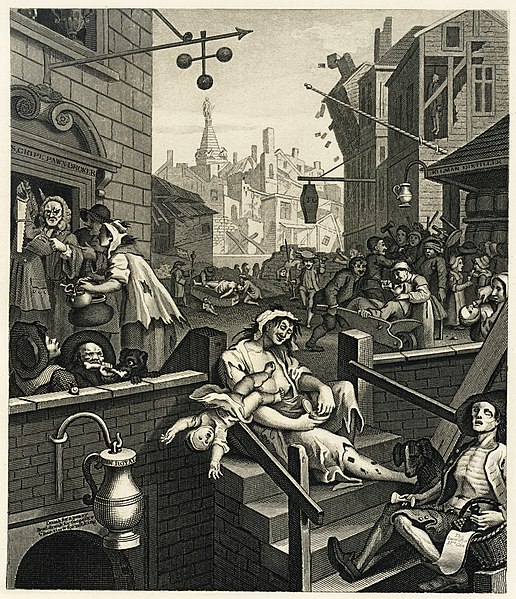A foundling token
pressed into her grubby palm
mother’s shame, renamed
I went to the Foundling Museum in Bloomsbury. It’s somewhere I’ve never been before and covers the history of the building, which was London’s first home for abandoned children and the first public art gallery. It was also inspirational for Dickens in some of his works.
One of the most moving parts of the collection was the foundling tokens. Mothers would pin a little token to their child’s clothing, thus if they were able at some stage in the future to reclaim their child, they would use this token to identify the child that was brought in. As the child was given a new name upon entry into the hospital, this was the administrative method they used for identification. The children were not allowed to see or keep their tokens, in case it gave them some clue in later life to their identity. A photo of some of the tokens.

With the child would come a letter of petition, frequently illiterate, the mothers would ask a friend to write them a letter, requesting the hospital take on their child. Poverty, rape, abandonment, the death of a husband and the lack of work led to this desperate act by many mothers. Transcripts of some of their tragic letters are also on display.
There was also a letter from a mother who had married a farmer and found her feet, coming out of poverty, she wanted her child back. The tragedy was her child had died years before. The register shows that many children died, despite the care of the hospital, diseases were still rife. Many though did leave the hospital to employment to become maids or apprentices, or joining the armed forces. Some even became rich and contributed as a benefactor to the hospital in later life, never forgetting the experience that built them.
The art is also impressive, there are prints and painting by Hogarth. Hogarth was a social satirist and pulled no punches in his depictions of poverty stricken London.
The Enraged Musician (shared via Wikipedia) is below, showing the gentleman unable to practice his music due to the din from the people in the street below. The woman on the left is bare breasted, pregnant, holding her child, a little boy is peeing and various street vendors sell their wares.

More famously, a print of Gin Lane is also on display, it actually depicts the Bloomsbury area of London. Note the old man and the dog sharing a bone, the Gin shattered mother dropping her baby, the poor selling whatever they own to the pawnbrokers, the burial in the distance and the man dying in the gutter, his faithful hound by his side. Hogarth works are so detailed and rewarding when given time. This page on the British Museum website gives more info.

The accompanying Hogarth poem for this work is as follows:
- Gin, cursed Fiend, with Fury fraught,
- Makes human Race a Prey.
- It enters by a deadly Draught
- And steals our Life away.
- Makes human Race a Prey.
- Virtue and Truth, driv'n to Despair
- Its Rage compells to fly,
- But cherishes with hellish Care
- Theft, Murder, Perjury.
- Its Rage compells to fly,
- Damned Cup! that on the Vitals preys
- That liquid Fire contains,
- Which Madness to the heart conveys,
- And rolls it thro' the Veins.
- That liquid Fire contains,
I could write so much more, but I’ll just leave this post to say it’s well worth visiting.
No comments:
Post a Comment